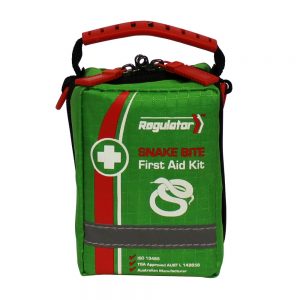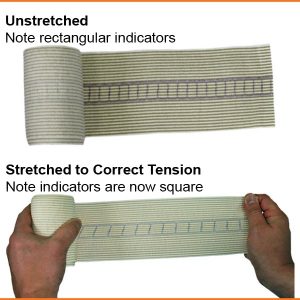Even the word ‘snake’ is enough to strike fear into the hearts of many Australians – especially once summer looms and the heat makes snakes more active. However, this is often an irrational fear as more often than not snakes will try and get as far away from you as possible. It’s only when a snake feels cornered or threatened that the risk of a bite becomes great.
In the event that someone is bitten by a snake, the immediate actions after a bite are crucial. Above all – DO NOT PANIC! In the event that the snake was venomous, having an adrenaline spike causes your heart rate to quicken and increases the blood flow around your body, therefore allowing the venom to travel quicker around your system.
The following steps should be taken immediately after a bite:
CALL AN AMBULANCE
No matter if the snake was venomous or not, the first action should always be to call 000 following a bite.
KEEP PATIENT STILL
Keep the patient calm and bitten area still. Do not elevate the bitten area of the patient.
APPLY BANDAGE
Place a bandage or dressing over the wound site and apply firm pressure as you start to wrap the area. Always wrap a limb from

Our tried and tested Snake Bite First Aid Kit – $18.20
the fingers or toes upwards and above the bite area. Our new Snake Bite First Aid Kit carries a brand new bandage with indicators printed on the side that show if you are applying the correct pressure or not.
IMMOBILISE LIMB
If a limb has been bitten, immobilise the area with a splint (for a leg) or a sling (for an arm). Keep the pressured bandages in place until paramedics arrive.
See Snake First Aid Poster
POINTS TO NOTE
- DO NOT chase the snake and attempt to identify it. There are a range of broad antivenoms available that can be used to treat a bite and chasing an angry snake may result in a second bite – which is no help to anyone!
- If there is any venom on the outside of the patient’s skin, near the bite mark, DO NOT wipe it away. This venom could be used to correctly and safely identify the snake.
- If you are in a remote location, do not move and try to get closer to a township. In several cases, farmers have been bitten on their properties and tried to walk towards help. This moves the venom around faster and could be fatal. Phoning emergency services from your current position is always the best option – a medical chopper will get to your location a lot quicker.
- If you do come across a snake, do not startle it by yelling or jumping around. Remaining still until the snake continues on its way is the best bet – remember, snakes are more afraid of you than you are of them!
- Always treat a snake bite as a worst case scenario i.e. a venomous snake. Although venomous snakes are able to deliver ‘dry bites’ (a bite without venom injected) it’s always better to be cautious and let the paramedics check you out thoroughly.
Living in Australia, we get used to sharing our environment with all manner of deadly creepy crawlies, and treating them with respect is the way to go. Don’t let it ruin your summer – get out there and enjoy the great outdoors!


